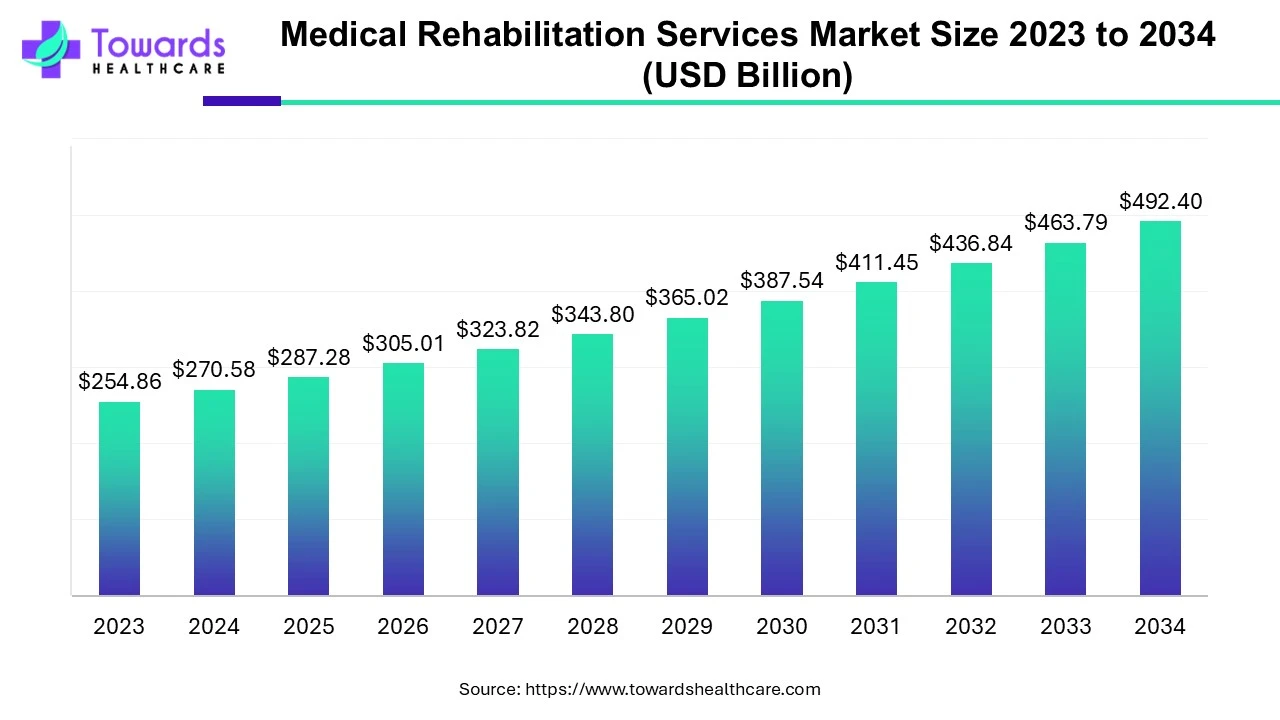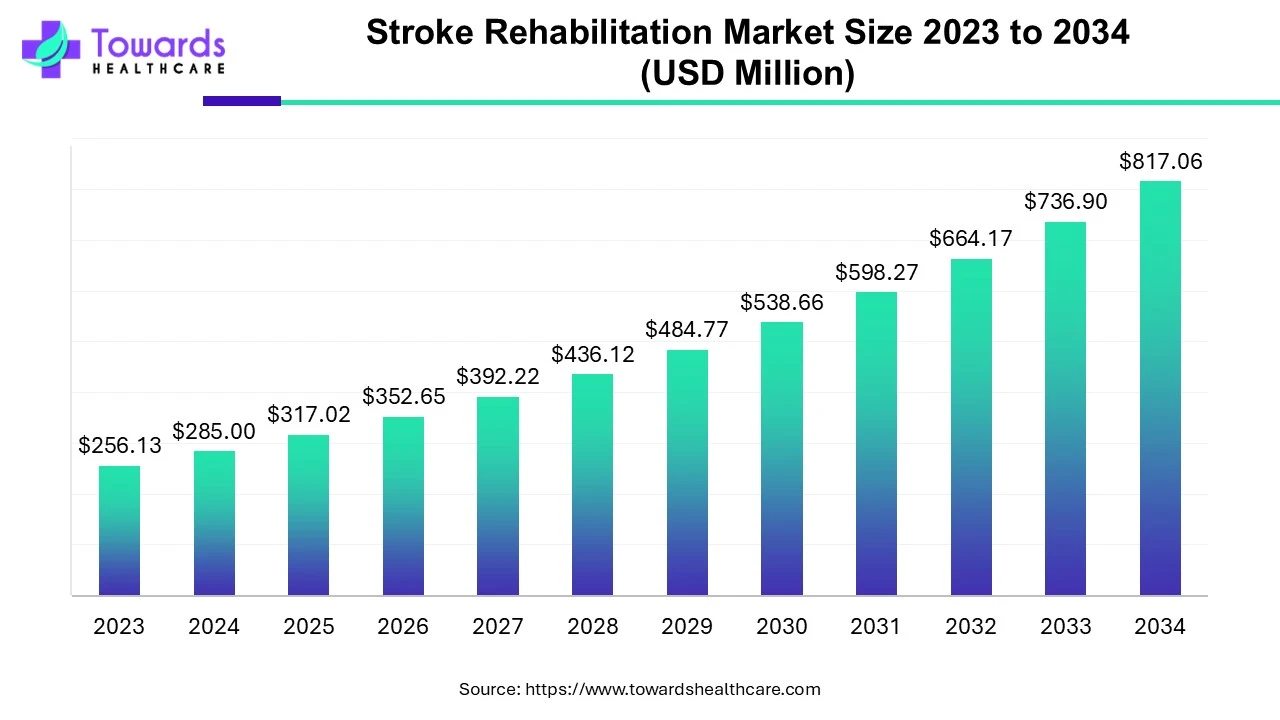The personal protective equipment (PPE) market was estimated at US$ 79.57 billion in 2023 and is projected to grow to US$ 171.66 billion by 2034, rising at a compound annual growth rate (CAGR) of 7.24% from 2024 to 2034. The rising incidences of infectious disorders, increasing occupational hazards in pharmaceutical industries, and increasing awareness of safety concerns drive the market.
Impact of AI on Personal Protective Equipment (PPE) Market
Artificial intelligence (AI) is revolutionizing various industries, and the safety sector is no exception. As the demand for effective personal protective equipment (PPE) continues to rise, integrating AI and machine learning into the PPE market offers significant improvements in design, manufacturing, compliance, and training. This article explores the transformative potential of AI in enhancing PPE’s effectiveness and safety for workers across multiple fields.
1. Innovative Design Features
One of the primary ways AI is reshaping the PPE market is through its capability to facilitate innovative and human-centric designs. By analyzing data on user needs, preferences, and environmental conditions, AI can assist manufacturers in creating PPE tailored for specific applications. This results in equipment that is not only functional but also comfortable and user-friendly.
For example, AI algorithms can analyze data from user feedback and performance metrics to develop PPE that fits various body shapes and sizes. This leads to improved wearability and protection, ultimately enhancing the overall user experience.
2. Advanced Material Combinations
AI can also play a crucial role in material science, enabling the exploration of different material combinations for PPE. By utilizing machine learning algorithms, manufacturers can simulate and test various material properties, such as strength, flexibility, and durability. This optimization process can result in PPE that offers superior protection while remaining lightweight and comfortable.
For instance, AI can analyze performance data to identify the best materials for specific hazards, such as chemical exposure, extreme temperatures, or biological threats. This targeted approach enhances the effectiveness of PPE, ensuring it meets the safety standards required for various industries.
3. Real-Time Safety Monitoring
AI technology can significantly improve workplace safety through real-time vision-based safety systems. These systems can detect and record potential safety breaches, such as improper PPE usage or hazardous conditions. By promoting compliance and providing immediate feedback, AI can help prevent accidents before they occur.
Imagine a construction site equipped with AI-powered cameras that monitor workers’ PPE usage. If a worker is seen without the required helmet or safety goggles, the system can alert them in real-time, ensuring compliance and enhancing safety protocols.
4. Streamlined Manufacturing Processes
The integration of AI in the manufacturing process of PPE can lead to increased efficiency and reproducibility. AI algorithms can optimize production lines, reducing waste and ensuring that each piece of equipment meets stringent quality standards. Automation, powered by AI, can minimize human error and streamline operations, leading to faster turnaround times and lower costs for manufacturers.
For example, AI can predict maintenance needs for manufacturing equipment, preventing breakdowns and downtime. This predictive maintenance approach can keep production flowing smoothly, ensuring a steady supply of PPE to meet market demand.
5. Enhanced Training and Compliance
Training healthcare workers and other personnel on proper PPE donning and doffing procedures is critical for maintaining safety standards. AI can facilitate this process by providing real-time feedback during training sessions. By analyzing the actions of trainees, AI can offer suggestions for improvement and identify areas where additional training may be necessary.
Additionally, AI-driven systems can issue real-time alerts for compliance with safety protocols, such as hand hygiene practices. For example, sensors can monitor handwashing stations in outpatient settings and provide alerts to healthcare workers if they miss critical hygiene opportunities. This proactive approach enhances adherence to safety measures and reduces the risk of infection transmission.
6. Counterfeit Detection
As the PPE market grows, so does the prevalence of counterfeit products, posing significant risks to user safety. In April 2024, 3M launched an innovative app called 3M Verify, designed to combat counterfeit PPE products. This app utilizes advanced technology to validate disposable respirator cartons in real-time, ensuring that users can verify the authenticity of their PPE before use. By integrating AI into the verification process, manufacturers can enhance consumer confidence and ensure that only genuine products reach the market.
Download Statistics: https://www.towardshealthcare.com/price/5245
AI’s integration into the PPE market presents exciting opportunities for improving safety, efficiency, and compliance. From innovative designs tailored to user needs to advanced monitoring systems and enhanced training protocols, AI is fundamentally reshaping the landscape of personal protective equipment. As technology continues to evolve, the PPE industry will likely see even more innovative solutions that prioritize worker safety and enhance overall operational efficiency. Embracing these advancements will not only benefit manufacturers but, most importantly, protect the health and well-being of those who rely on PPE in their daily work.
Top Companies in the Personal Protective Equipment (PPE) Market
- 3M
- AirBoss Defense Group
- Alpha Pro Tech
- Ansell Ltd.
- Avon Rubber plc
- Cardinal Health
- DuPont
- Honeywell International, Inc.
- KARAM Safety
- Lakeland Industries, Inc.
- Medicom Group, Inc.
Innovation by Ansell Ltd. in the Personal Protective Equipment (PPE) Market
| Company Name | Ansell Ltd. |
| Headquarters | Richmond, Australia |
| Recent Development | In April 2024, Ansell, an Australian company, announced the acquisition of Kimberly-Clark’s PPE business for $640 million. The acquisition will improve Ansell’s market position through Kimberly-Clark’s PPE business designs and market gloves, safety eyewear, and protective apparel to healthcare and industrial companies. |
Innovation by Medicom Group, Inc. in the Personal Protective Equipment (PPE) Market
| Company Name | Medicom Group, Inc. |
| Headquarters | Montreal, Canada |
| Recent Development | In December 2023, Ontario secured a stable and reliable domestic source of medical-grade nitrile gloves through Medicom Group Inc.’s $165 million investment to construct a new 140,000-square-foot production facility in London. The new plant will maintain a robust stockpile of PPE to safeguard healthcare, hospitals, and frontline workers across the province. |
Personal Protective Equipment (PPE) Market: Prioritizing Safety
Personal protective equipment (PPE) is protective clothing worn to minimize exposure to hazards that cause serious workplace injuries and illnesses. A PPE protects a person from several biological, chemical, radiological, electrical, and mechanical hazards. PPE includes protection of eyes, head, ears, respiratory, hand, body, and foot. The most common tools of PPE include safety goggles, face shields, respirators, hard hats, headgear, safety vests and suits, safety gloves, knee pads, and safety boots. PPE is widely used by workers in pharmaceutical industries as well as healthcare workers in hospitals. PPE can mitigate transmission of biological agents through person-to-person contact, droplet spread, airborne transmission, and contaminated objects. PPEs also prioritize engineering and administrative controls to improve workplace safety and address the underlying causes of safety hazards. PPEs are generally made of raw materials such as plastics, rubber and metals.
You can place an order or ask any questions, please feel free to contact us at sales@towardshealthcare.com


